Description
A USB to HDMI connector (or adapter/cable) is a device that allows you to connect a computer or other source device that uses a USB port to a display (like a TV, monitor, or projector) with an HDMI port.
It is essential for devices that don’t have a native HDMI output or when the existing HDMI port is already in use.
Types and Functionality
There are two main types of USB to HDMI connectors, which work very differently:
1. USB-C to HDMI (Alt Mode)
This is the most common and often the simplest type for modern devices.
Supported Devices: Modern laptops, tablets, and smartphones that feature a USB-C port that supports DisplayPort Alternate Mode (often indicated by a small DisplayPort or Thunderbolt symbol next to the USB-C port).
How it Works: The USB-C port is already wired to carry the native video signal (DisplayPort), and the adapter simply acts as a passive protocol converter to change the signal format to HDMI.
Benefits: True plug-and-play and supports high resolutions and refresh rates (e.g., 4K at 60Hz or higher) with no need to install special drivers.
2. USB-A/Older USB to HDMI (Active Adapter)
This is typically used for older computers or to add an extra display.
Supported Devices: Computers and laptops with a standard rectangular USB-A (USB 3.0 or 2.0) port.
How it Works: The adapter contains a special graphics processor chip that takes the USB data signal and actively converts it into a video signal. This process usually requires you to install a driver (software) on your computer for the adapter to function.
Considerations: Performance (resolution and video smoothness) may vary depending on the USB version, the adapter’s chip, and your computer’s processing power.

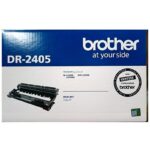
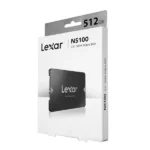
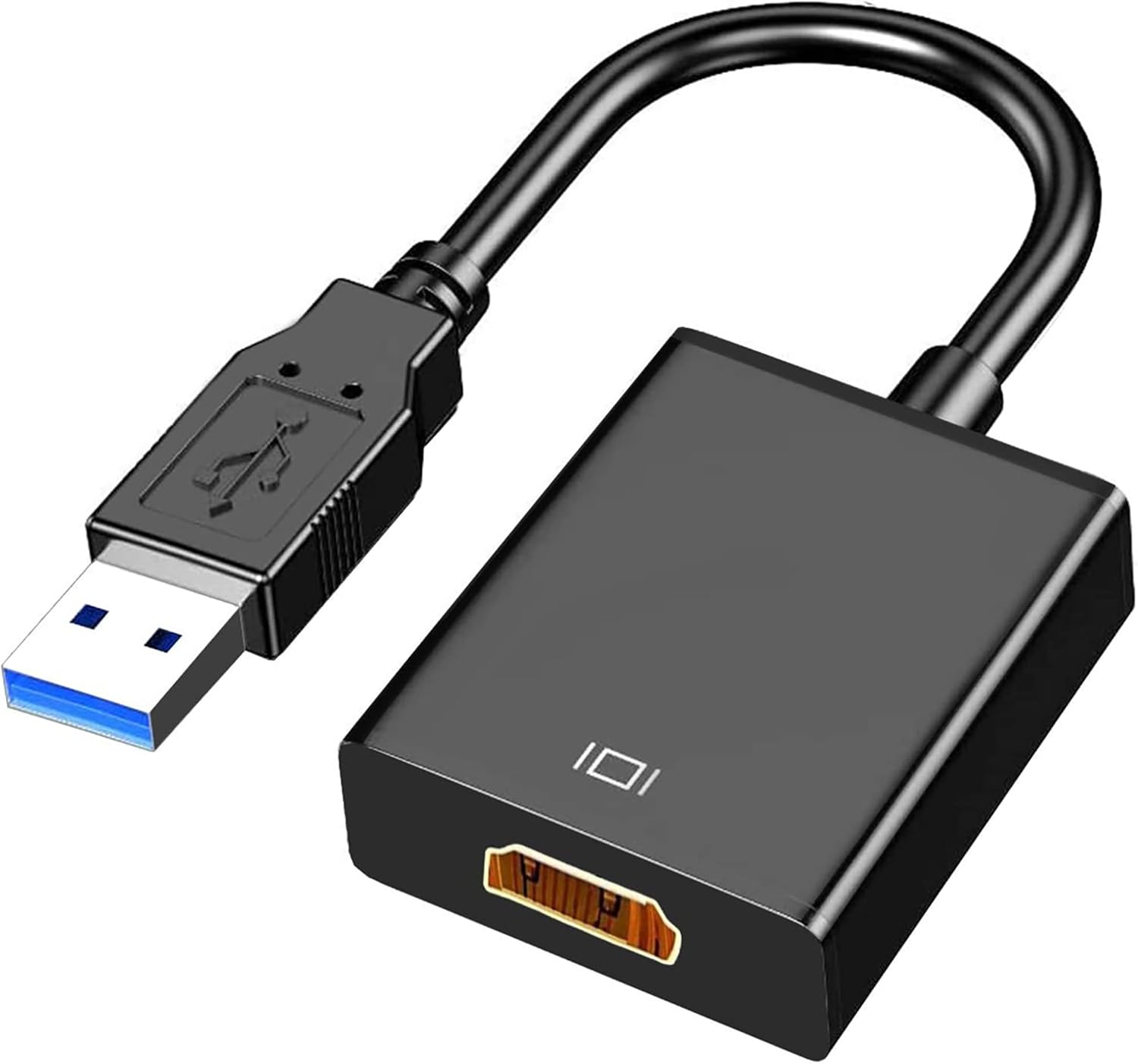

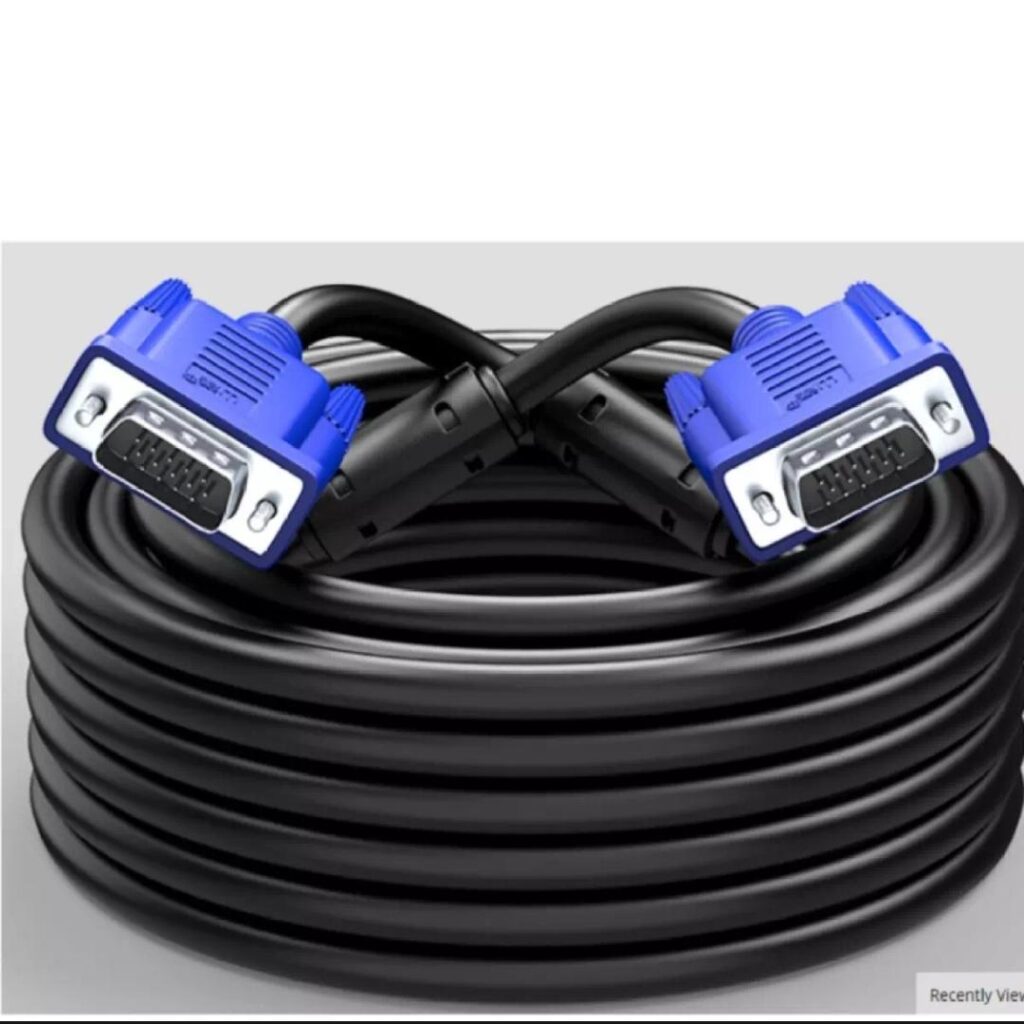
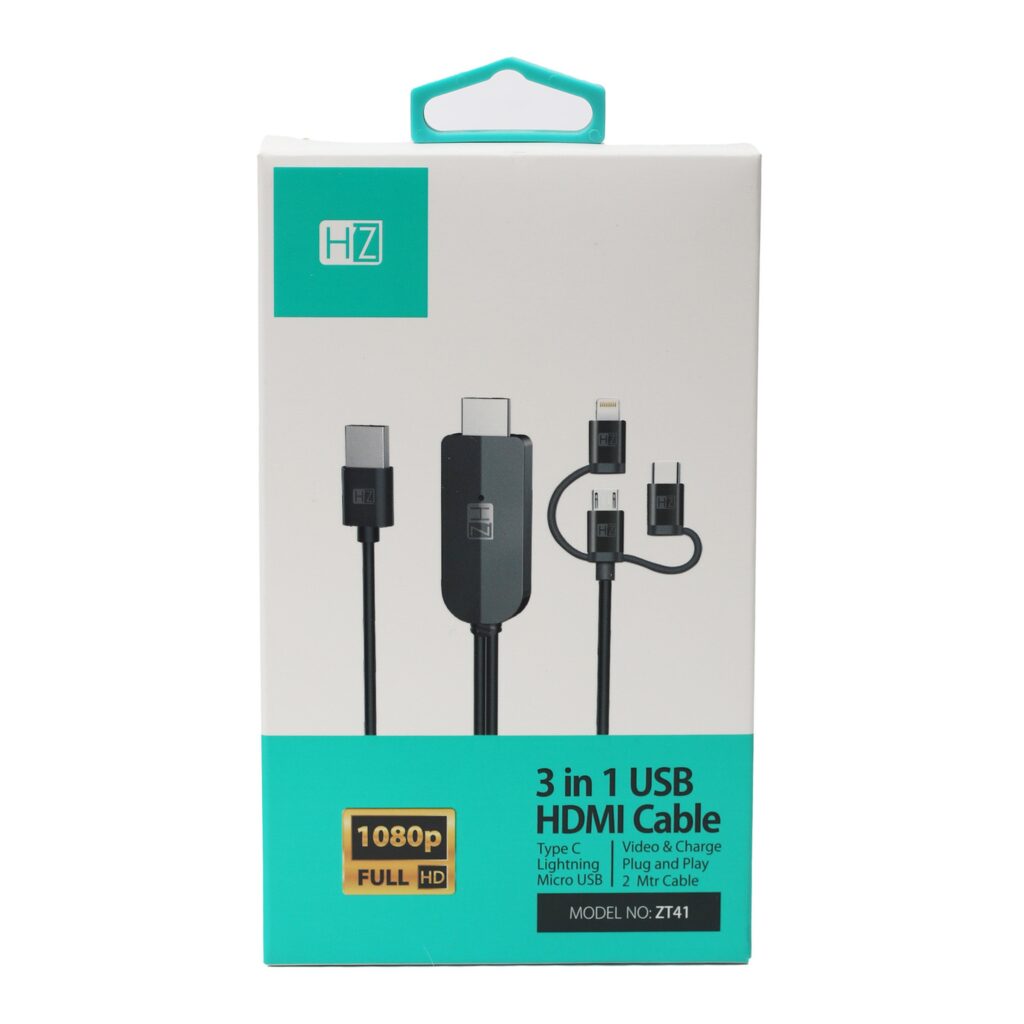
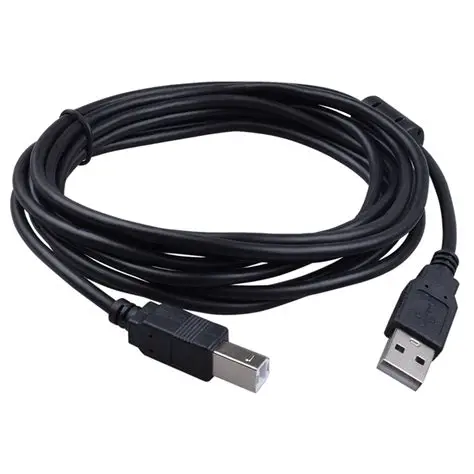
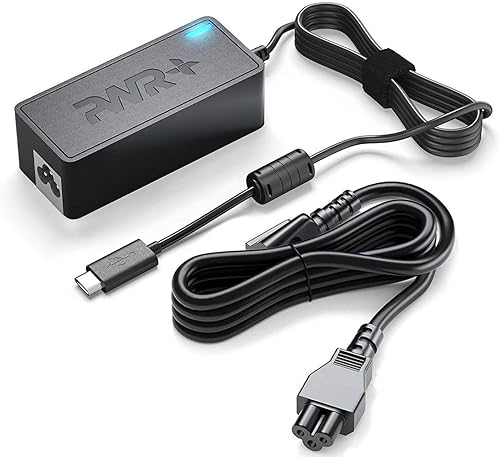
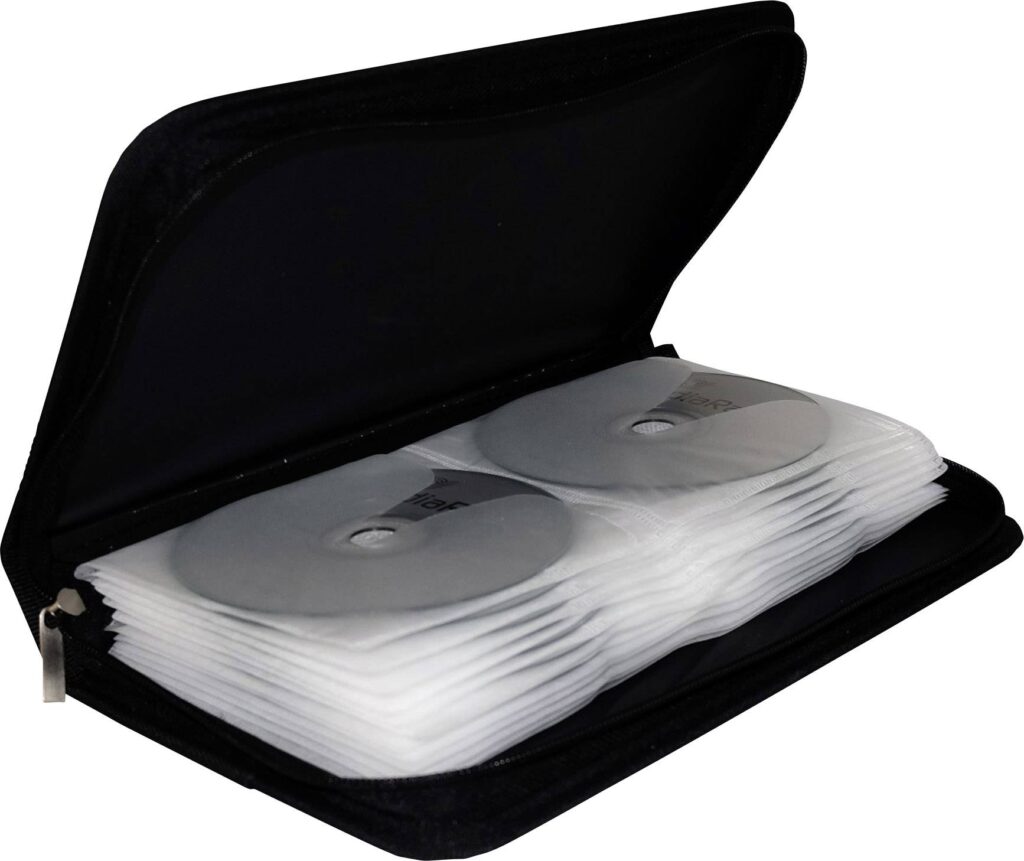
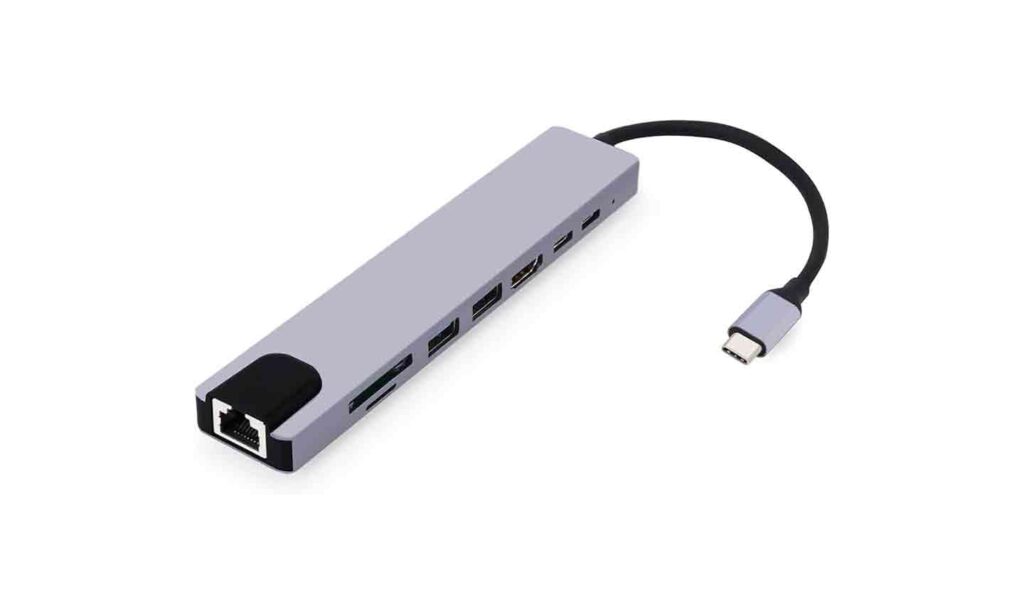
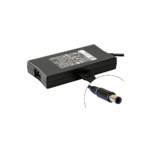
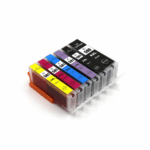
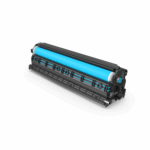
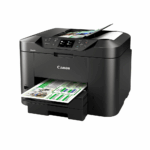
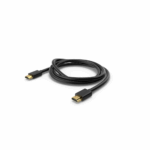
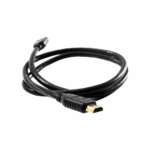
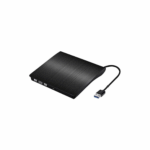
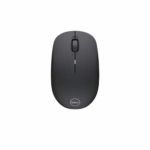
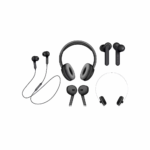
Reviews
Clear filtersThere are no reviews yet.